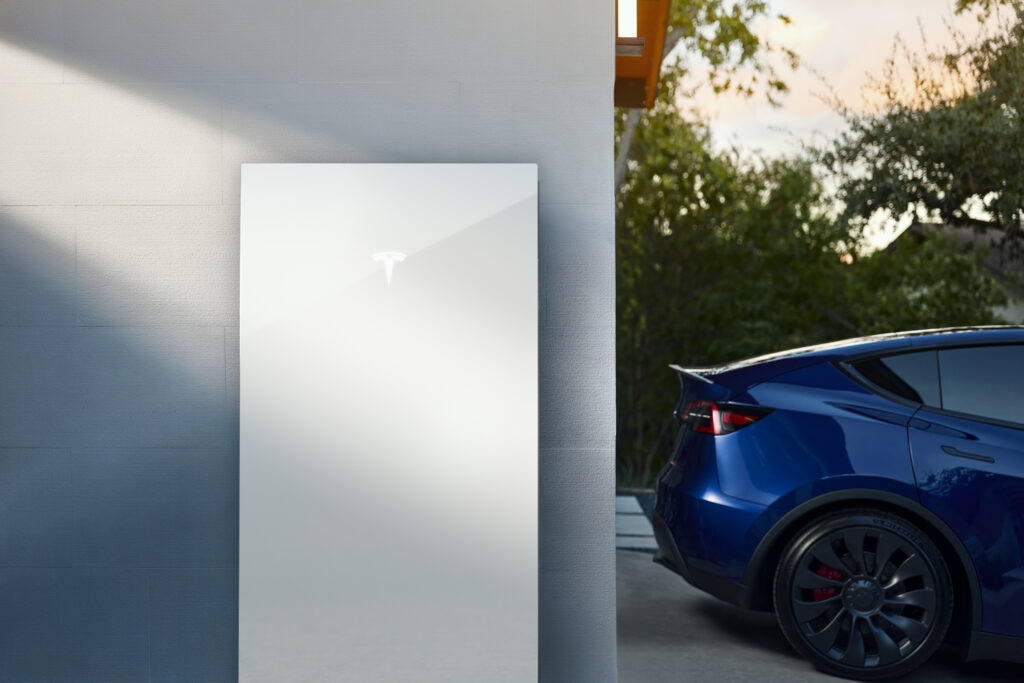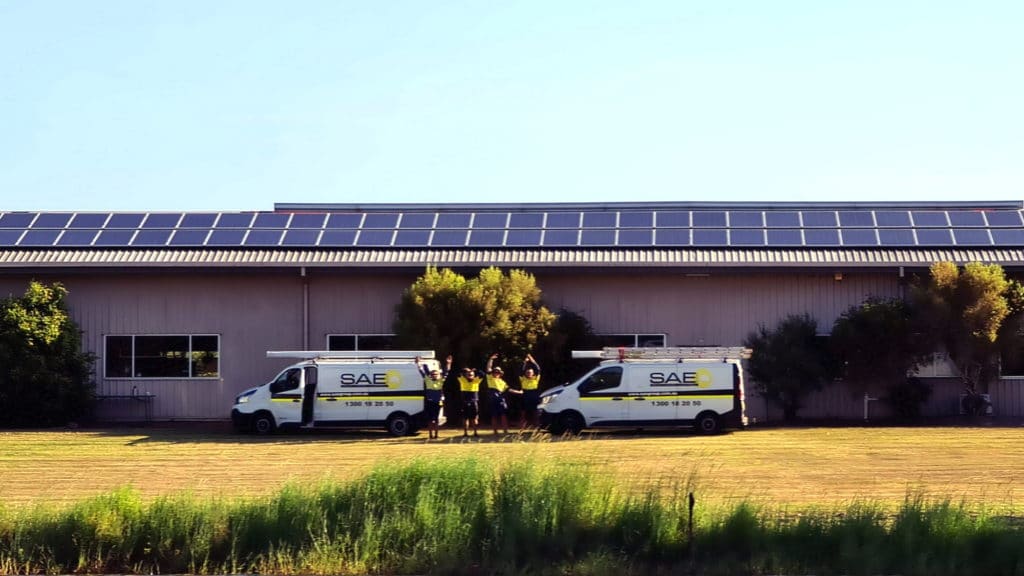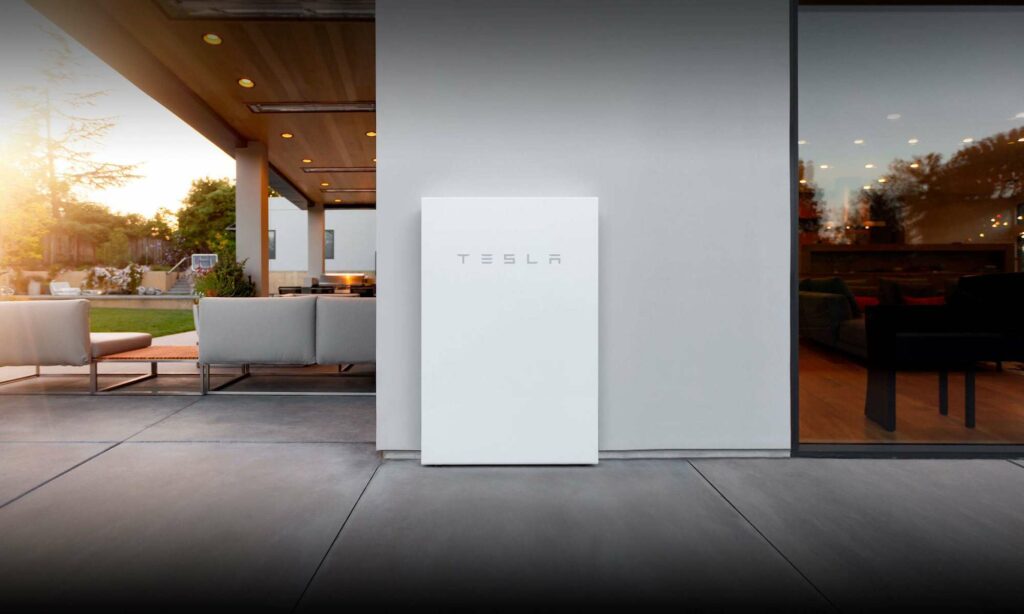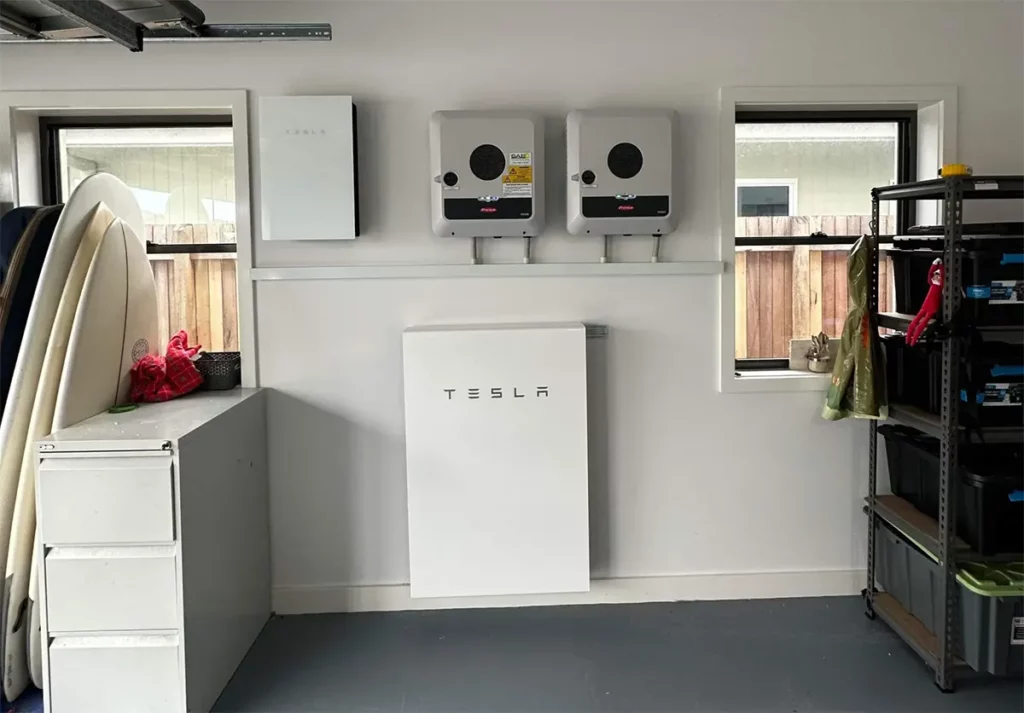Deep Cycle Batteries Compared > Lead Acid vs. Lithium-ion
Home » Deep Cycle Batteries Compared > Lead Acid vs. Lithium-ion
With the solar revolution well under way, it is now deep cycle batteries capacity to store home energy sparking excitement and grabbing headlines.
While the technology for home energy storage has been a reality for a number of years, deep cycle batteries (commonly referred to as just batteries in the renewable energy sector) have been expensive, cumbersome and complex to operate and maintain.
This has meant residential energy storage till now has been largely been a niche market, confined to off-grid applications and storage enthusiasts.
A evolution of battery technology is rapidly changing all that. The new generation of energy storage is cheaper to buy, streamlined and better looking.
Soon, plug and play, set-and-forget battery storage for homes will be a common sight in solar households around Australia.
So with this in mind, it is important to know the two most common types of deep cycle batteries.
Lead Acid Batteries
Lead-acid based deep cycle battery technology has been around for over 100 years and will be a market force for the foreseeable future due to its low cost and established manufacturing base. There are two types, both have identical internal chemistry. The most significant differences between the two types are the system level design. Flooded Lead Acid Batteries require three things that Gel batteries (also known as a “Gel Cell”) don’t: upright orientation to prevent electrolyte leakage, ventilated environment to diffuse gases created during cycling, routine maintenance of electrolyte. Due to these differences, the lower cost of flooded lead acid must be balanced against the added complexity and secondary costs.
Lithium-ion Batteries
Lithium-ion based deep cycle battery technology was initially conceived in the 1970’s and began to see widespread adoption by the 1990’s. Lithium-ion batteries are in all sorts of devices – power tools, notebook computers, tablets, cell phones and electric cars. They have some distinct advantages over lead acid batteries, such as you’d find in your car.
- Lighter
- Higher energy density
- Lower self-discharge
- Lower maintenance
- No “memory effect”
- Increased cycle life
COMPARISON SUMMARY
Energy storage is no longer a concept for the future – more and more homes and businesses are going off-grid with the energy storage capabilities available today. Want to learn more? Click the button below:







